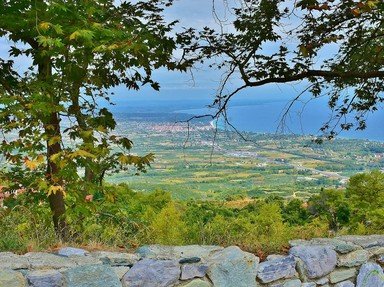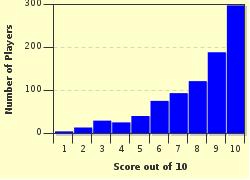Quiz Answer Key and Fun Facts
1. Before 1991 and the fall of communism in Eastern Europe, Macedonia wouldn't have appeared on most maps as its own country. What larger, multinational state was Macedonia part of for most of the twentieth century?
2. The main river of Macedonia effectively bisects the country and drains about 90% of its territory. What is the name of this waterway?
3. Macedonia's capital city is Skopje, but this is mainly an administrative distinction; Skopje is not one of Macedonia's larger towns, and its status as capital is an artifact of communist inefficiency.
4. Though the majority of Macedonians are Slavs with close cultural ties to Bulgaria and Serbia, about a quarter of the country's people are from another ethnic group whose mother tongue was officially recognized as Macedonia's second language in 2001. What group is this?
5. Macedonia has one UNESCO world heritage site, an ancient city historically known as the 'Slavic Jerusalem'. What is this city on the shores of a beautiful lake that bears its name?
6. Perhaps the most impressive archeological site in Macedonia is Kokino near the city of Kumanovo. Which of these best describes Kokino?
7. The highest mountain in Macedonia is also the highest mountain in Albania. What is this border-straddling alpine giant?
8. Jordan is known for its city of Petra (carved directly into the rock), and Egypt is known for its pyramids. Macedonia is known for its "stone town" made of natural "earth pyramids" near what village?
9. Which of these is NOT true about Macedonia?
10. Though Macedonia is blessed with an abundance of natural beauty, perhaps its most gorgeous feature is its white, sandy coastline painted across the shores of the Adriatic Sea.
Source: Author
stuthehistoryguy
This quiz was reviewed by FunTrivia editor
gtho4 before going online.
Any errors found in FunTrivia content are routinely corrected through our feedback system.

